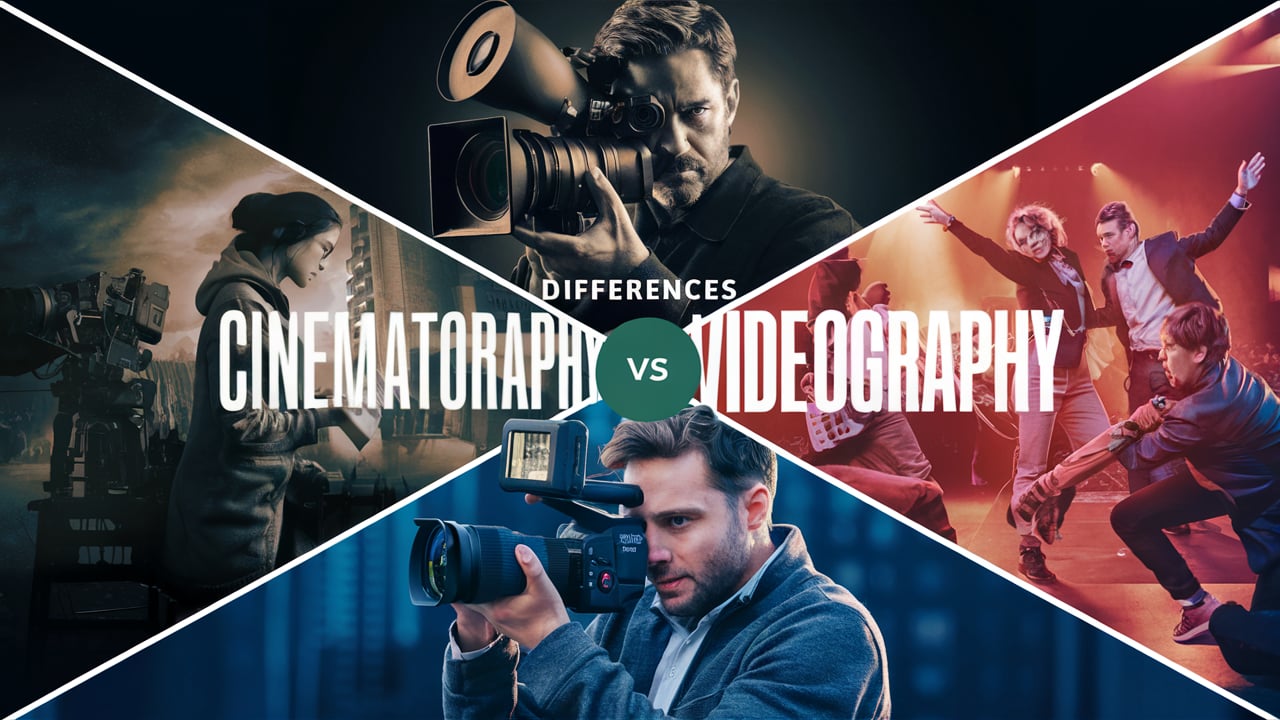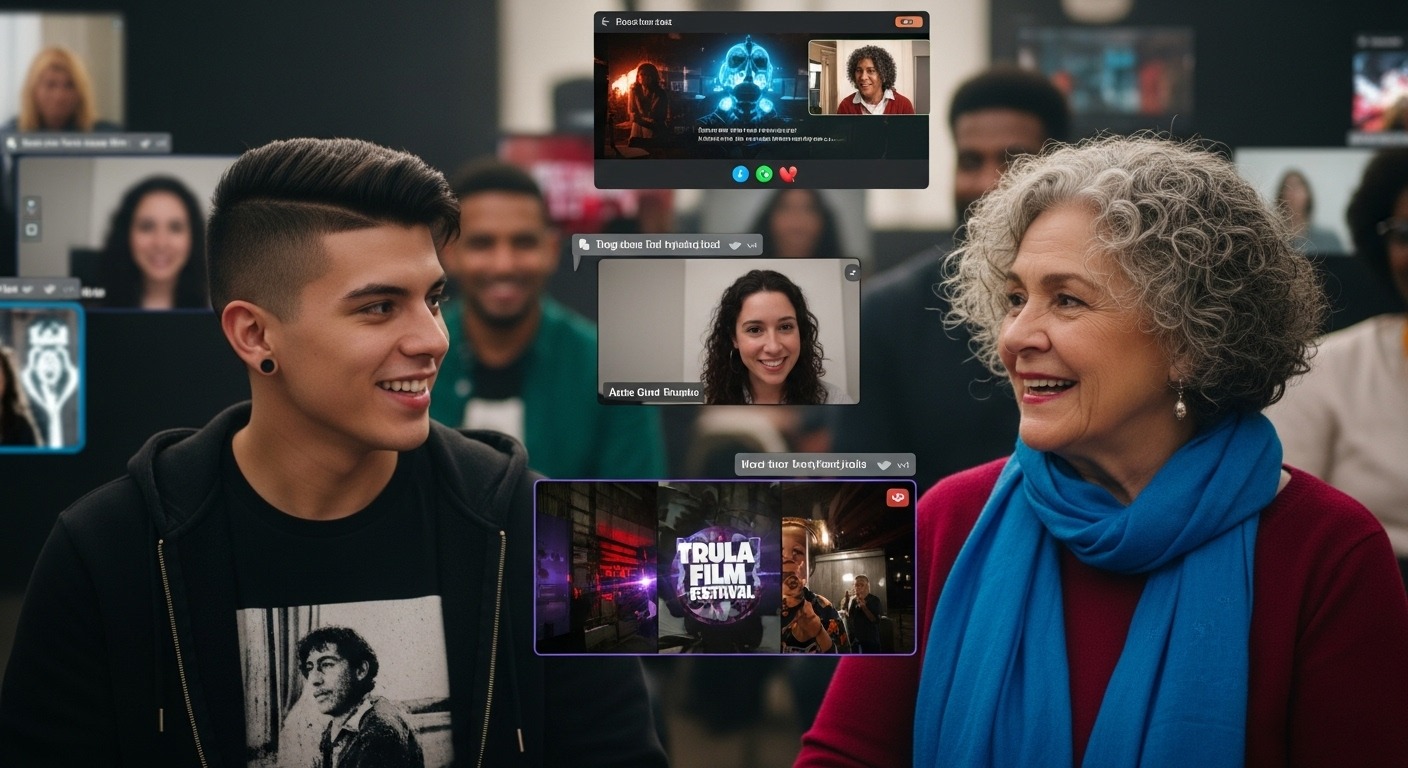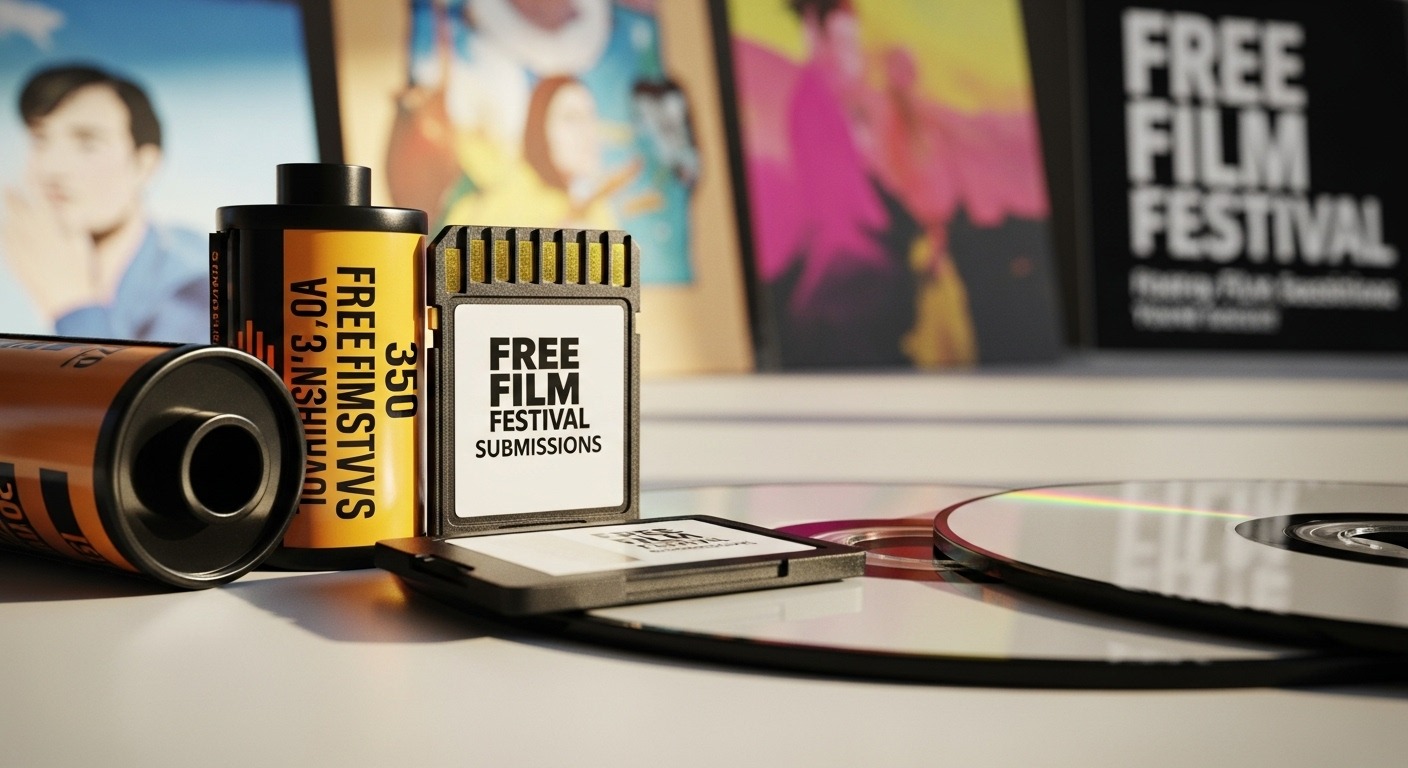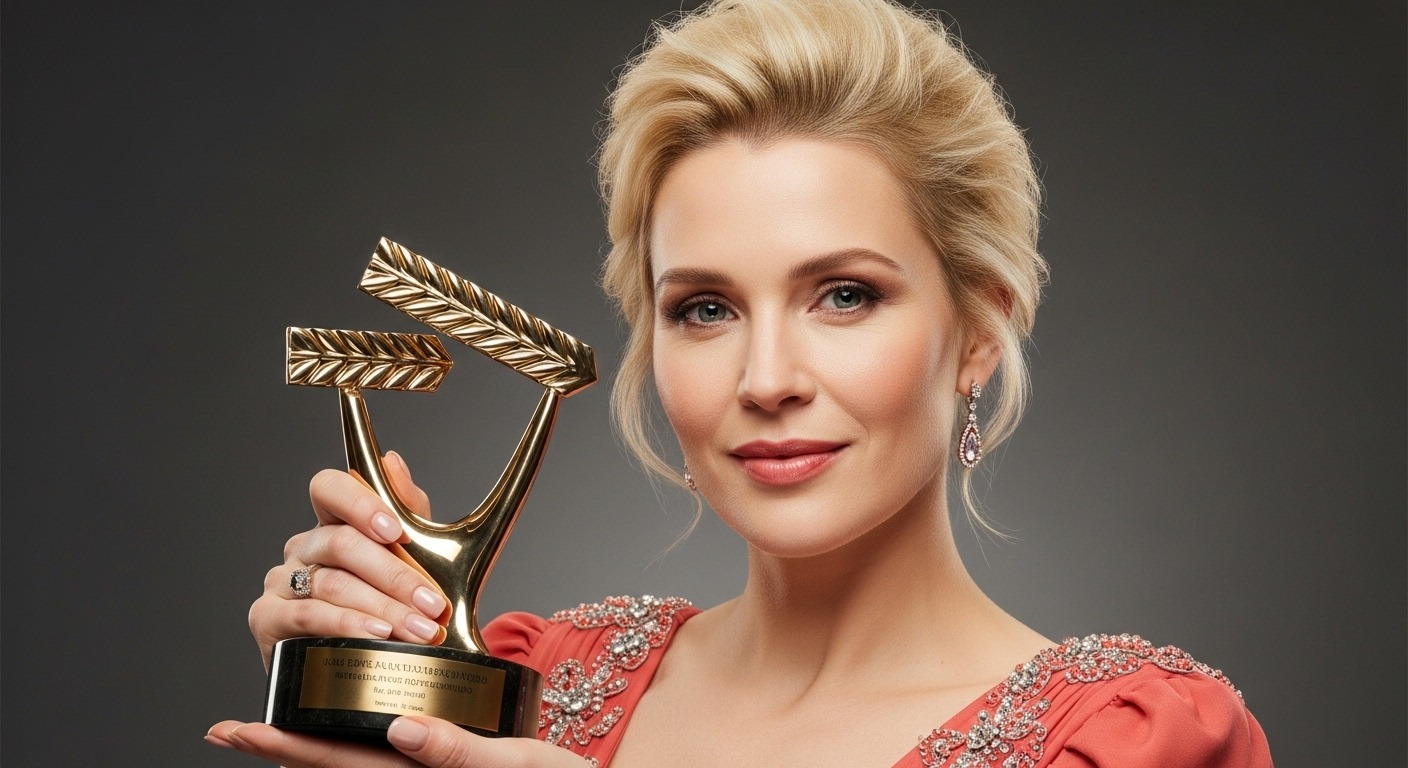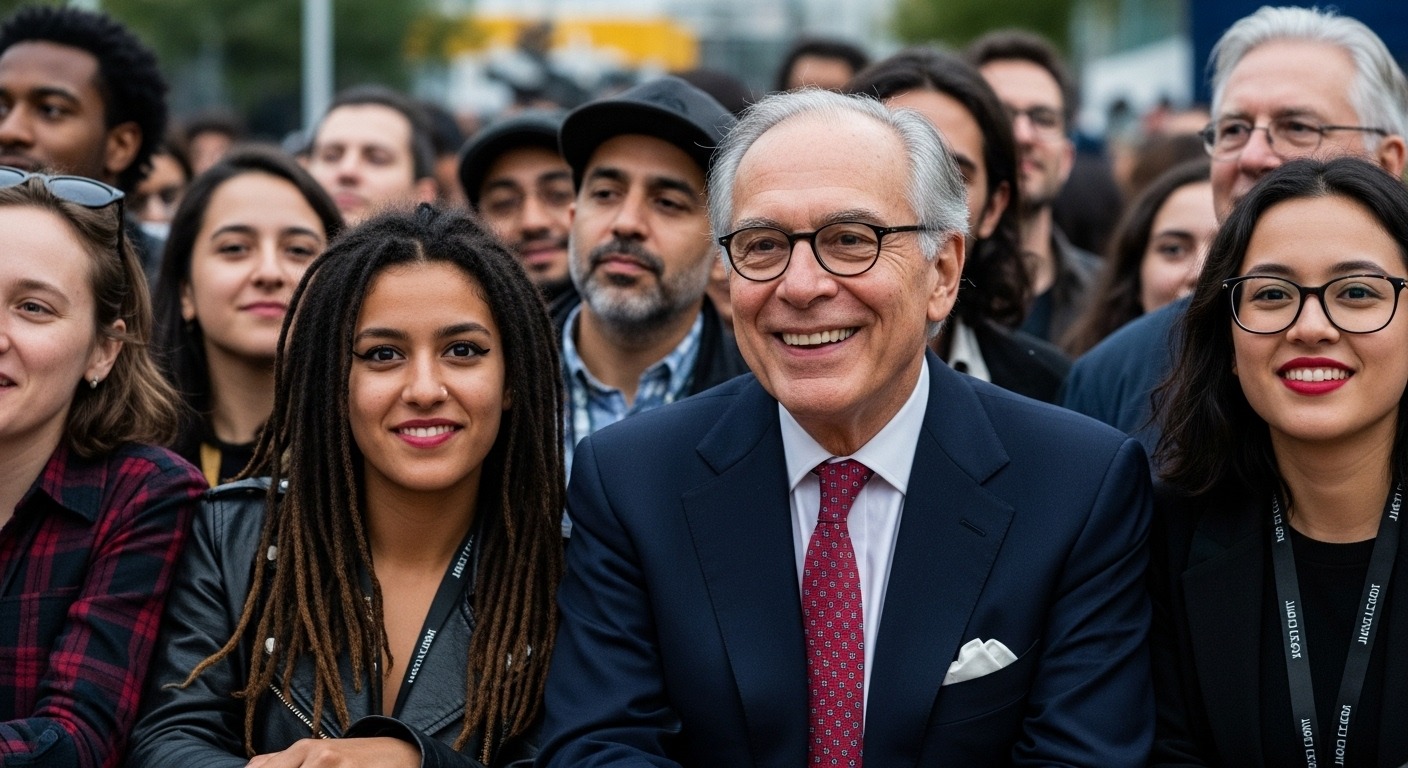🎥 Cinematography vs Videography – Which Path Should You Choose?
🔑 Key Takeaways:
- Cinematography is film-focused, creative, and often involves large sets and storytelling. Great if you’re passionate about narrative, lighting, and working in the film industry.
- Videography is more flexible, entrepreneurial, and involves real-world events and clients. Perfect if you like variety, independence, and faster-paced work.
- Career Potential: Videographers often start earning faster and run their own businesses, while cinematographers might take longer to break in but can end up working on major productions.
- Best for You? Choose based on your personality, creative goals, and how you want your work life to look.
So, you’re torn between cinematography and videography, huh? Totally get it—they both involve cameras, lighting, and capturing visuals, but the paths are quite different once you dig deeper.
Think of cinematography as the art of visual storytelling. It’s all about crafting mood, emotion, and meaning through composition, lighting, and movement. Cinematographers work on feature films, TV shows, and high-end productions, often collaborating with directors, gaffers, and production teams to bring a script to life. It’s deeply creative, but also competitive and demanding.
Now, videography is more about capturing real-life moments. You’ll often find videographers shooting weddings, corporate events, YouTube content, music videos, or documentaries. It’s more fast-paced, hands-on, and usually a one-person or small-team job. It’s practical, flexible, and can be very lucrative if you’re good at it and run your business well.
So which is better? It depends on YOU.
👉 Do you dream of creating cinematic stories with lighting, lenses, and a crew on set? Go for cinematography.
👉 Do you prefer hands-on shooting, quick turnarounds, client interaction, and maybe even running your own creative business? Videography is likely your match.
In today’s visually saturated world, the terms cinematography and videography are often used interchangeably, leading to confusion. Both disciplines involve capturing moments and crafting aesthetic stories through moving images. However, while they share common ground, significant differences exist in their objectives, scale, creative approaches, and typical areas of work.
This article delves into the key distinctions between these fascinating fields, drawing on expert insights to provide a clearer understanding of what sets a cinematographer apart from a videographer.
Defining the Craft: Art and Science vs. Capturing Events.
Let’s begin with the fundamental definitions.
Videography, on the other hand, is the process of capturing moving pictures on electronic media, such as videotape, direct-to-disk recording, or solid-state storage. Videography often focuses on documenting events for non-commercial purposes or for business needs.
Cinematography is the art and science of motion-picture photography, also known as Direction of Photography. It involves creating a film stock by recording light or other electromagnetic radiation, either electronically or chemically. The core aim of cinematography often revolves around storytelling and evoking specific emotions in an audience.
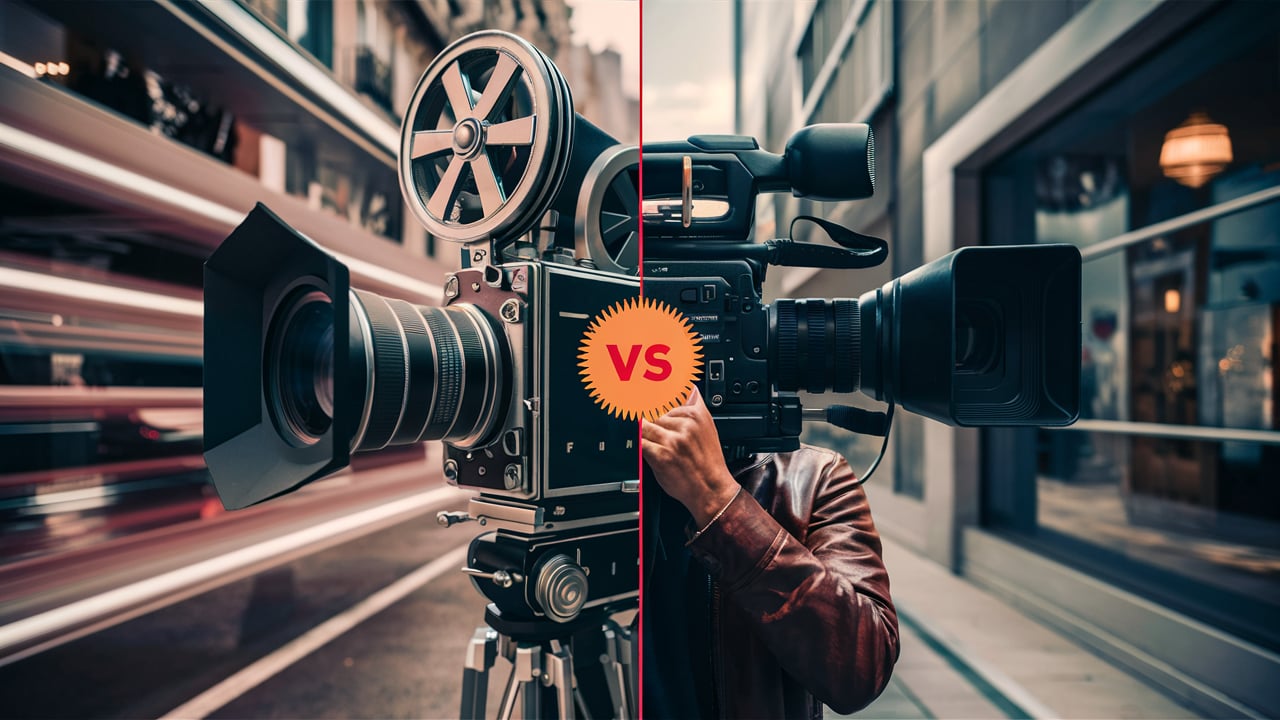
Team Dynamics: Solo Efforts vs. Collaborative Artistry.
A crucial difference lies in the typical working environment.
- Cinematographers generally work as part of a team, often with a large crew on films or movies. In such productions, the cinematographer heads the camera and lighting departments, guiding team members on camera angles, exposure, shot sizes, and movements. They collaborate closely with the director and production designer to ensure the visual aspects align with the overall vision.
- Videographers more commonly work solo or with a small crew. They might be responsible for adjusting camera moves, angles, exposure, and shutter speed themselves, particularly when covering events like business meetings or conferences. Instructions are typically self-directed in these scenarios.
Nature and Scope of Work: Limited Fields vs. Unlimited Opportunities.
The typical projects undertaken by cinematographers and videographers differ considerably.
- Cinematographers often operate within a limited field but with unlimited creative scope. Their work primarily involves films, short films, and drama serials, focusing on storytelling. Cinematographers might have the flexibility to work on different stages of projects at varying times.
- Videographers, conversely, have a limited creative scope within an unlimited field. They find opportunities in a wide range of areas, including:
- Business meetings
- Conferences
- TV shows
- Weddings
- Birthday parties
- Corporate events
These projects often involve intensive work over a shorter period, and videographers usually complete one project before moving to the next.
Focus: The Entire Narrative vs. Key Moments.
The approach to capturing footage also varies.
- Cinematographers aim to capture a complete motion picture, meticulously planning each scene from pre-production, considering the script and the desired emotional impact on the audience. They engage in detailed discussions with the director to understand the nuances of each scene.
- Videographers typically focus on capturing important moments of an event. For instance, at a conference, a videographer might concentrate on the inauguration, guest speeches, presentations, and the conclusion, rather than recording the entire duration.
Creativity and Style: Artistic Vision vs. Practical Documentation.
- Cinematographers emphasize artistic vision. They strive to bring their best creative concepts to films, interpreting the script and visualizing each scene with a unique perception. Their goal is often to transport the audience to a different world through their imagery.
- Videographers generally have less creative input during the capture phase, as they are often documenting real-time events. However, they might incorporate creative elements during the editing process to make sequences more engaging and memorable.
Business and Entertainment: Purpose-Driven Differences.
The underlying purpose of their work often distinguishes the two.
- Cinematographers are primarily driven by entertainment, aiming to amuse and engage audiences through their visual storytelling. They collaborate with the director and production designer to fulfill creative expectations, regardless of the project’s budget.
- Videographers often work for business purposes, closely collaborating with companies to promote products or ideas. Their focus is on highlighting advantages and functions of the subject matter in a clear and effective manner.
Planning and Pre-Production: Strategic Design vs. Event Coverage.
- Cinematography typically involves strategic planning and artistic decision-making, often requiring a large production team. Cinematographers may create shot lists and storyboards beforehand to meticulously plan the visual narrative.
- Videography, particularly for live events, often involves a more “run and gun” approach, focusing on capturing unfolding moments with less extensive pre-planning.
Deliverables and Post-Production Involvement: Raw Footage vs. Final Product.
While both ultimately deliver video files, the involvement in post-production can differ.
- Cinematographers on larger productions might deliver raw footage to the production company, with editing and color grading handled separately.
- Videographers, especially those working solo on smaller projects, are often responsible for editing and delivering the final, polished video product.

Perception and Terminology: Industry Jargon vs. Client Understanding.
- Within the industry, the distinction between cinematographer and videographer is generally understood. However, clients may not always grasp the difference, and terms like “video” are often used as a general descriptor.
- Some wedding videographers even market themselves as making “wedding films.”
- The term “cinematographer” might sometimes require explanation to potential clients, while “videographer” is often more immediately understood. Some in the industry perceive:
- Cinematography as “making a picture”
- Videography as “taking a picture”
This highlights the difference in creative intent.
Blurring Lines and Evolving Definitions.
It’s important to note that the lines between cinematography and videography are not always rigid and can sometimes blur.
- A skilled videographer can employ cinematic techniques.
- The context of the work can influence how it’s perceived.
As one Reddit user aptly put it, “The act of doing a thing makes you that thing.”
Conclusion: Choosing Your Visual Path.
Both cinematography and videography are valuable disciplines within the realm of visual storytelling and capturing moments.
- Cinematography often leans toward the artistic and large-scale production of narrative and commercial projects.
- Videography frequently focuses on documenting events and serving business needs, often with smaller teams or as solo endeavors.
Understanding these key differences can help aspiring visual artists identify the path that best aligns with their creative passions and career goals. Whether you’re drawn to the meticulous planning of a feature film or the dynamic capture of a live event, the world of moving images offers a wealth of opportunities.

I am a highly experienced film and media person who has a great deal to offer to like-minded individuals. Currently working on several exciting projects, I am a film and media practitioner for over a decade. I have achieved a great deal of success in my professional career.
